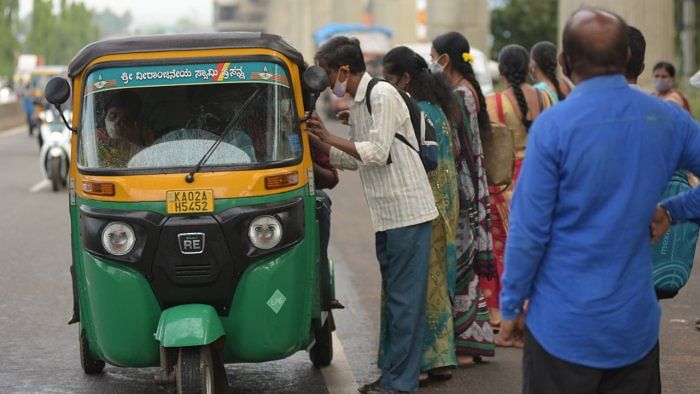
Cities across the world are embracing the open mobility network (OMN) to end the monopoly of big companies that act as aggregators with their predatory and exorbitant pricing.
In India, attempts have already been made in Kerala and Karnataka by building apps (Yatri and Namma Yatri, respectively) to connect passengers and taxi service providers without the heavy-handed aggregator.
"The idea is to create a mobility network where consumers will have access to multiple service providers, from individual drivers to those working under different aggregators. The immediate effect of such a network is to end the exorbitant pricing. The long-term impact is the horizantalisation of the market space for all players," an expert who has worked on the Namma Yatri app said.
However, he pointed out that the true potential of the ecosystem goes far beyond mobility. The open-source Beckn protocol, for example, allows the creation of decentralised networks that can cover more than taxi services.
While the global movement is led by Open Mobility Foundation, the Foundation for Interoperability in Digital Economy (earlier known as Beckn Foundation) is pushing for a seamless digital commerce era in India to remove the intermediaries manipulating prices and services. Mobility is one among sectors like retail, agri commerce, logistics, supply chain and skills.
Why is it better?
Big companies have used technology to monopolise markets where both consumers and service providers (drivers, retail shops, skilled workers) end up paying more for a service just because it was made available to them at their fingertips. In Open networks, the service is similar but the absence of a middleman means consumers directly interact and transact with service providers without having to pay more.
How does it work?
In an Open network, digital infrastructure is built for public good. The protocol specifies such application interfaces, data model and other digital infrastructure that allow direct and transparent transactions. A service provider doesn't need to build own app but subscribe to the platform of his choice to make his product accessible to consumers. Since the platform doesn't require payment of hefty commissions per sale, the products and services will remain affordable.
Better integration
This is also a chance for integration of various services. For example, in the mobility sector, the government can create a virtual common mobility card through an app where a passenger can search, avail and pay for different modes of transport (taxi, bus, metro, ferries, bike taxis or even parking payments) through one app.
Ethics and legality
The digital infrastructure, even though built on the foundation of 'public good', is monitored on the Open Governance Model and is also subject to legal protocols. This is crucial to bring transparency and helps build trust among both consumers and service providers in matters like data safety.
Complements govt efforts
The Open network complements similar efforts of the Union government. The Centre has launched the Open Network for Digital Commerce (ONDC), which seeks to re-imagine the current digital commerce system on the Open network. The model stresses inclusive values in that it states the "success of ONDC is contingent upon participation and adoption of a wide range" of service providers and consumers.